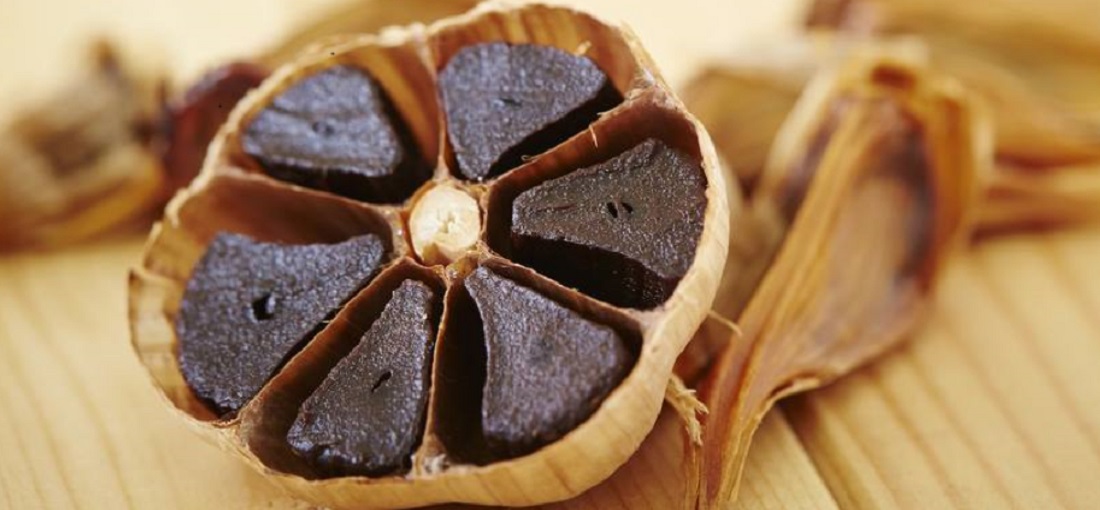Ready to explore the deep, caramelized essence of black garlic in a more structured way? Hosting a black garlic tasting session can be a fun, educational experience that sharpens your palate and introduces guests to the sweet-savory intrigue of this beloved ingredient. Below, we offer a step-by-step guide on how to set up a black garlic tasting—covering everything from preparation and presentation to sensory analysis techniques that will help you appreciate every subtle note.
1. Why a Black Garlic Tasting?
Unlike raw garlic, black garlic is aged in warm, humid conditions for weeks, transforming each clove into a soft, mildly sweet, and umami-rich bite. A tasting session lets you and your guests:
-
Compare Varieties: Different brands, regions, or garlic cultivars can yield distinct flavors and textures.
-
Practice Sensory Skills: Hone your ability to identify specific aroma and flavor notes, much like a wine or cheese tasting.
-
Discover Culinary Potential: Brainstorm new recipes and pairings as you experience each subtle nuance.
2. Gathering Your Black Garlic Selection
a) Types and Brands
-
Whole Bulbs: Found in vacuum-sealed packages or jars, perfect for sampling the full clove experience.
-
Peeled Cloves: Convenient for immediate tasting, often packaged in small tubs or pouches.
-
Pastes or Purees: These can highlight how black garlic’s flavor blends into a creamy base—less about texture, more about depth of taste.
-
Regional Variations: If possible, gather black garlic from different producers (e.g., Japan’s Aomori region, California’s Gilroy) to compare terroir influences.
b) Number of Samples
Aim for 3 to 5 samples in one session. Too many can overwhelm the palate, making it tough to distinguish minor differences.
3. Setting the Stage
a) Tasting Environment
-
Lighting: Good lighting helps assess color and texture.
-
Neutral Ambience: Minimize strong kitchen smells or scented candles; these can interfere with the garlic’s aroma.
b) Table Setup
-
Individual Plates or Bowls: Provide small portions of each sample, labeled clearly.
-
Tasting Order: Arrange black garlic samples from mildest to boldest (or by type/region).
-
Palate Cleansers: Offer plain crackers, bread, or cucumber slices, plus water or mild tea to refresh the palate between samples.
4. Sensory Analysis Step by Step
Encourage guests to observe each sample through appearance, aroma, taste, and texture—the four cornerstones of sensory evaluation.
a) Appearance
-
Color: Most black garlic is dark brown to pitch-black, but note any slight variations (e.g., “dark mahogany” vs. “jet black”).
-
Clove Integrity: Are the cloves firm and well-formed, or do they look shrunken or crumbly?
b) Aroma
-
Initial Sniff: Gently squeeze a clove and inhale.
-
Descriptive Notes: Do you pick up hints of balsamic, molasses, roasted coffee, or tamarind? Some might detect mild vinegar or earthiness.
c) Taste
-
First Impression: Place a small piece on your tongue. Note the sweetness level—does it remind you of dried fruit or caramel?
-
Umami Depth: Observe if there’s a lingering savory taste. How strong is the “garlicky” element?
-
Acidity and Balance: Is there a slight tang or sour edge? Does it feel well-rounded, or is one flavor dominating?
d) Texture
-
Mouthfeel: Is it chewy, jelly-like, or almost jammy? Some black garlic can be firm and sticky; others can be quite soft.
-
Moisture Content: A higher moisture level might create a more luscious bite, while drier cloves can taste more concentrated and intense.
5. Recording Impressions
Provide tasting sheets or small notepads so each participant can jot down:
-
Aroma descriptions (“molasses,” “soy sauce,” “dark chocolate,” etc.)
-
Flavor notes (sweetness, tanginess, hints of dried fruit, etc.)
-
Texture observations (sticky, tender, soft, fibrous)
-
Overall impressions (favorite sample, potential pairings)
Encourage open discussion after each tasting—guests may discover nuances they hadn’t noticed until someone else points them out.
6. Enhancing the Experience with Pairings
To showcase black garlic’s versatility, consider briefly sampling it alongside complementary items:
-
Cheese: Soft goat cheese or aged Gouda can highlight black garlic’s sweet-savory layers.
-
Chocolate: Dark chocolate can echo the caramelized undertones.
-
Bread & Olive Oil: Simple bread drizzled with olive oil helps underscore black garlic’s umami punch.
-
Wine or Beer: A dry red wine or a malty beer can bring out black garlic’s earthiness.
Offer these pairings after guests have tasted each sample on its own, so they can compare how the flavors evolve in combination.
7. Tips for a Memorable Tasting
-
Educate & Entertain: Briefly explain how black garlic is produced and the concept of Maillard reactions that give it its dark color and rich flavor.
-
Stay Hydrated: Drinking water (or mild tea) between samples helps clear the palate for the next bite.
-
Invite Conversation: Use open-ended questions like, “What does this remind you of?” or “What dish can you imagine using this in?”
-
Close with Takeaways: Summarize the differences in flavor profiles, texture, and potential uses of each sample. Maybe even share recipe cards or ideas for further experimentation.
Final Thoughts
A black garlic tasting session is more than a foodie event—it’s a chance to deepen our appreciation of flavor development, subtlety, and how different preparations or regions can shape an ingredient’s character. By taking a sensory analysis approach, you and your guests can sharpen palates and spark creative ideas for using black garlic in everything from sauces to desserts.
So gather an array of black garlic samples, set out some palate cleansers, and let your senses guide you through an exploration of sweetness, umami, and all the hidden layers that make black garlic such a culinary treasure. Cheers to discovering new dimensions of flavor—one sticky, sweet clove at a time!

Comments (0)
No comments yet. Be the first to comment!